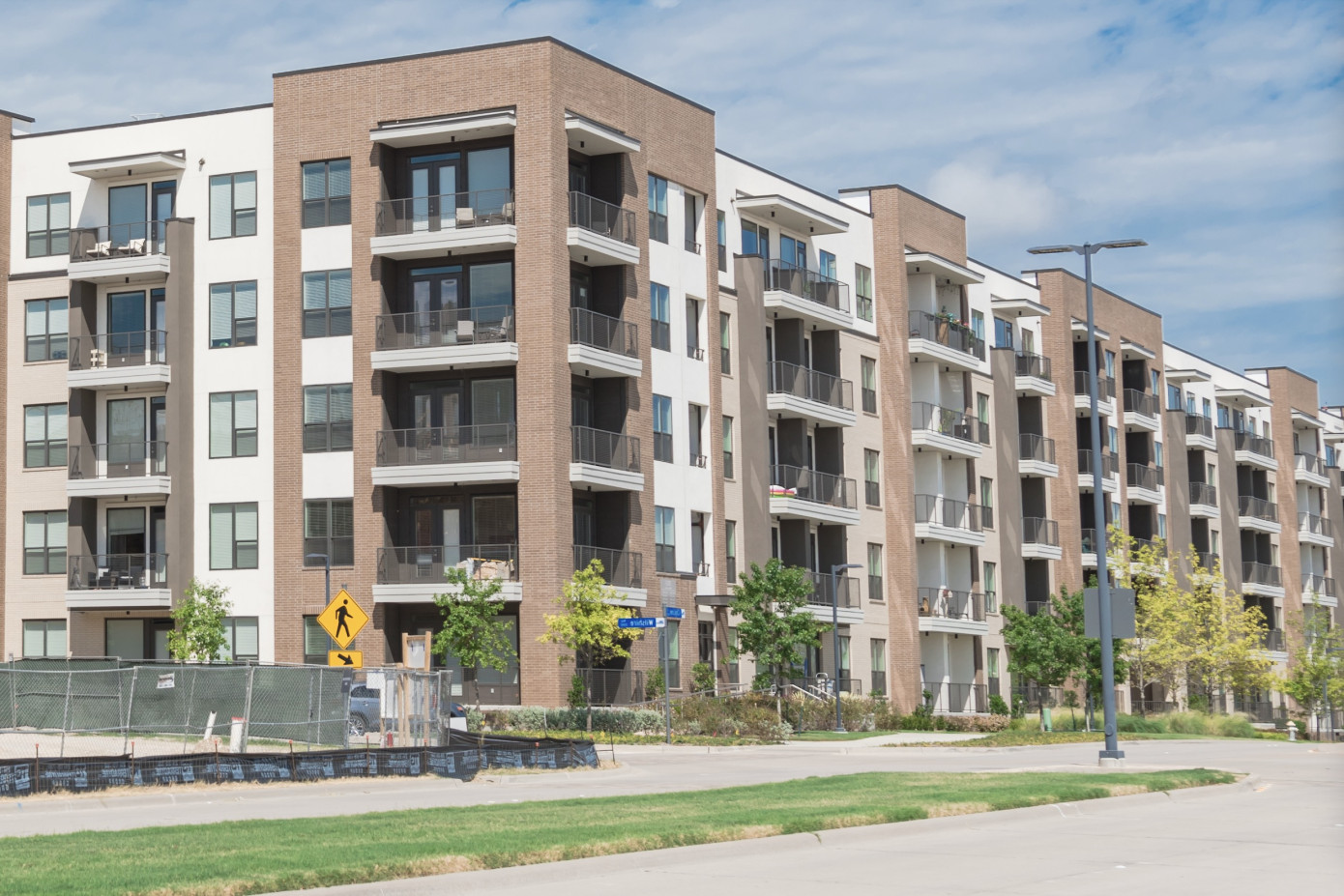Canada's housing market shows early signs of revival in June 2024 following the Bank of Canada’s interest rate cut earlier in the month. Home sales recorded over Canadian MLS Systems increased by 3.7% from May to June 2024, the Canadian Real Estate Association (CREA) reported. About 180,000 properties were listed for sale by the end of June, up 26% from the previous year but still below the historical average of around 200,000 for this time of year. The inventory buildup may be slowing, with only a 0.5% increase in supply from the end of May. New listings increased by 1.5% month-over-month, led by the Greater Toronto Area and British Columbia’s Lower Mainland.
Shaun Cathcart, CREA’s Senior Economist, commented, “Canada’s housing numbers perked up a bit on a month-over-month basis in June following the first Bank of Canada rate cut. Sales were up from May to June, market conditions tightened for the first time this year, and prices nationally ticked higher for the first time in 11 months.”
The national sales-to-new listings ratio tightened to 53.9% in June from 52.8% in May, approaching the long-term average of 55%. James Mabey, Chair of CREA, noted, “The second half of 2024 is widely expected to see the beginnings of a slow and gradual return of buyers into the housing market. Buyers will face different shopping experiences depending on the region, from multiple offers in Calgary to abundant inventory in Toronto.”
Inventory levels stood at 4.2 months nationally at the end of June, down from 4.3 months in May, marking the first decrease in 2024. The long-term average is about five months. The National Composite MLS Home Price Index (HPI) inched up by 0.1% from May to June, the first monthly gain in 11 months.
Regionally, prices generally remain stable across most of the country, with Calgary, Edmonton, Saskatoon, Montreal, and Quebec City seeing steady price increases. Other markets, including Ontario cottage country, Mississauga, Hamilton-Burlington, Kitchener-Waterloo, Cambridge, London-St. Thomas, and Halifax-Dartmouth, have also experienced recent upward price movements.
The non-seasonally adjusted National Composite MLS HPI was 3.4% below June 2023 levels, reflecting the significant price increases seen last spring. The actual national average home price was $696,179 in June 2024, a 1.6% decrease from June 2023.
Following another quiet spring and increased supply levels, CREA has scaled back its housing market forecast for 2024 and 2025. Since April, expectations for interest rate cuts this year have been reduced. A higher-than-expected number of sellers brought properties to the market in the spring, while buyers remained hesitant.
Lower interest rates are still expected to gradually attract buyers back into the market. However, a slow spring market and growing supply levels have led to a downward revision in the forecast for both sales and average home prices. CREA forecasts that 472,395 residential properties will trade hands via Canadian MLS Systems in 2024, a 6.1% increase from 2023. The national average home price is projected to rise by 2.5% to $694,393 in 2024.
In 2025, national home sales are forecast to increase by 6.2% to 501,902 units as interest rates continue to decline and demand returns. The national average home price is expected to rise by 5% from 2024 to $729,319 in 2025.
